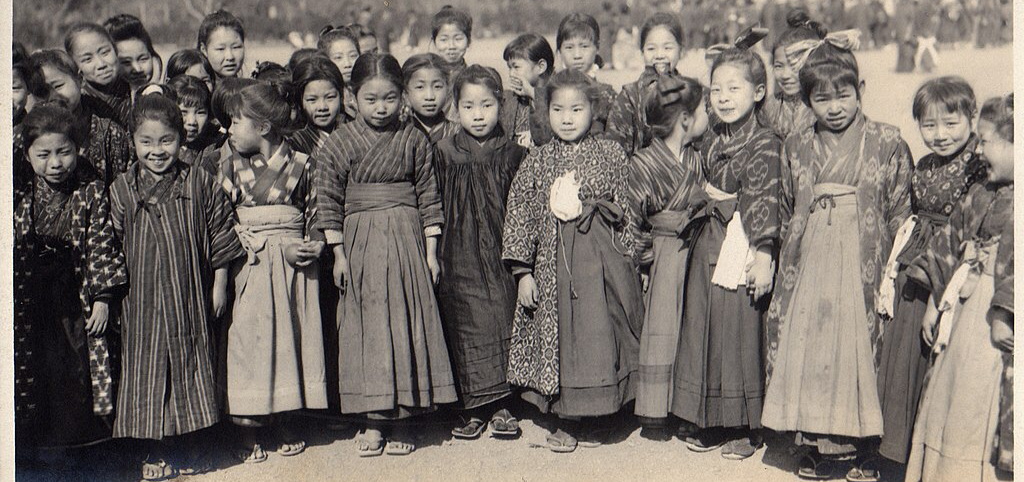The first in an occasional series of translations of letters. Let’s start with some practice. This is review, but I read it such a long time ago it’s like looking at it for the first time.
To: OOya Yohachi, OO Sawaragichô, Kyoto.
Kindly use the above address. Paste this letter on your wall. Do not forget.
Please get some works of calligraphy by Hirabayashi [Seisai] 平林静斎: either as single phrases, or as two or three couplets. I would like to hang them in the studio here. Other than that, I have had an urgent request from a person of taste. I hope that, thanks to you, one way or another I may get two or three of these. It is a once-in-a-lifetime request. Please permit me to send as a token of gratitude a painting of Daikoku. I have gone for sightseeing to various places all around Kyoto, and spent a pretty interesting time. Some time ago I visited Fushimi and stayed there for a while.
When I think of you going out for night dancing I laugh to myself. I write haikai occasionally. I am still pretty busy, and there hasn’t been any time to pause. For the next a couple of years as I become more familiar with the place, if there is anything interesting I will let you know, so please look forward to it. More than anything, without fail, I ask your help with Hirabayashi’s work. I really, really can’t wait to receive it.
Watching mandarin ducks
all the glamor has been used up
by the mandarin ducks —
winter trees
oshidori ni bi wo tsukushite ya fuyukodachi
をし鳥に美をつくしてや冬木立
There is a lot more to say, but I omit it here. How is Denkô 田洪 in Yûki? I miss the place.
Second day of the eleventh month (1751? to 桃彦?)
Tricky epistolary forms:
御登可被下候 おのぼせくださるべくそうろう Please send [to the capital]
被差置 さしおかれ [Please] affix it
御もらひ可被下候 Please get/receive
申度候 I want [to do something]
拝裁奉願候 はいたいねがいたてまつりそうろう I humbly ask to benefit from you doing [this]
相下可申候 あいくだしもうすべくそうろう Please allow me to [do something]
仕候 つかまつり I do/make [whatever]
罷有候 まかりありそうろう [just plain old] ある
奉頼候 たのみたてまつり I humbly ask
相待申候 あいまちもうし I am awaiting/looking forward to
The source is Buson no tegami 蕪村の手紙, Tomotsugu Muramatsu 村松友次, Taishūkan Shoten, 1997, ISBN-13 9784469220780
I also used this nice webpage from ブログ俳諧鑑賞, http://yahantei.blogspot.com.
